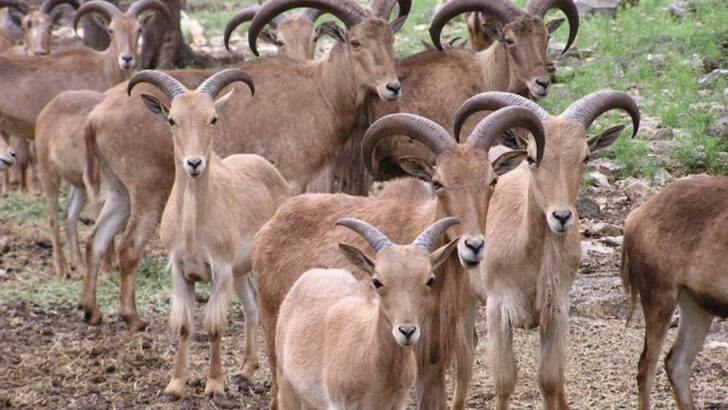Texas has recently enacted legislation permitting the use of helicopters to hunt aoudad sheep, also known as Barbary sheep, in the western part of the state. This measure aims to control the invasive aoudad population, which poses significant ecological threats to native species, particularly the desert bighorn sheep. Aoudad sheep are native to North Africa and were introduced to Texas in the 1950s as exotic game. Since then, their population has grown substantially, with estimates suggesting over 30,000 aoudads now inhabit the state. This rapid expansion has led to increased competition for resources with native species like the desert bighorn sheep, which has been reintroduced to Texas after its extinction in the 1960s. Additionally, aoudads are known carriers of Mycoplasma ovipneumoniae, a bacterium that causes fatal respiratory diseases in bighorn sheep, further threatening their survival. In response to these challenges, the Texas Legislature passed Senate Bill 1245 (SB 1245), which amends Section 43.1075 of the Texas Parks and Wildlife Code. The bill authorizes qualified landowners or their agents to use helicopters for the removal of depredating species, including aoudad sheep, under a permit issued by the Texas Parks and Wildlife Department. This aerial management approach is particularly effective in the rugged terrains of West Texas, where traditional hunting methods are less feasible. The Texas Parks and Wildlife Commission is tasked with adopting or amending rules to implement this statutory change. The legislation is set to take effect on September 1, 2025. By providing landowners with the tools to manage invasive aoudad populations, the state aims to protect native wildlife and habitats from the adverse effects of this non-native species. This legislative action reflects a proactive approach to wildlife management, balancing the interests of landowners with the imperative to preserve Texas’s native ecosystems.
Aoudad Sheep Invasion
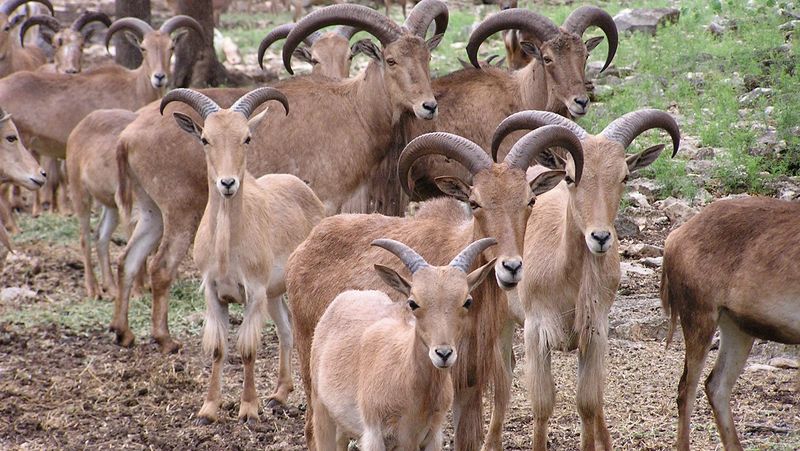
Aoudad sheep, introduced to Texas in the 1950s, have become a significant invasive species. With a population surpassing 30,000, these sheep disrupt local ecosystems. Their presence threatens native species, notably the desert bighorn sheep. Aoudads compete for resources, impacting the delicate balance of West Texas habitats. Moreover, they are carriers of pathogens dangerous to wildlife. This growing problem necessitates innovative solutions. The state’s new legislation allowing helicopter hunting aims to manage this issue. Ensuring the survival of native species is a pressing concern, requiring immediate action to control aoudad numbers effectively.
Helicopter Hunting Legislation

Senate Bill 1245 marks a significant shift in wildlife management strategy. By permitting helicopter hunting of aoudad sheep, Texas aims to control their burgeoning population. This method is particularly suited to the challenging terrains of West Texas, where traditional hunting proves difficult. Helicopter hunting offers a more effective approach, especially in areas that are otherwise inaccessible. The legislation underscores the urgency of addressing the ecological imbalance caused by aoudads. As landowners gain new tools to combat this invasive species, the hope is to restore harmony to Texas’s native ecosystems.
Ecological Impact on Native Species
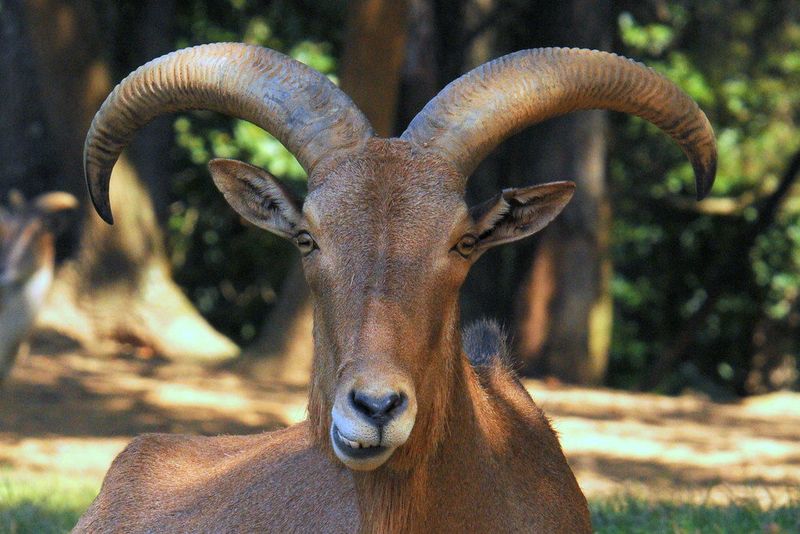
The ecological impact of aoudad sheep extends beyond competition for resources. Their presence endangers native species like the desert bighorn sheep, which have been reintroduced to the region. Aoudads carry Mycoplasma ovipneumoniae, a bacterium fatal to bighorns. This threat exacerbates the challenges faced by conservationists working to protect bighorn populations. The introduction of helicopter hunting aims to mitigate these ecological pressures. By controlling aoudad numbers, Texas hopes to safeguard its native wildlife. This proactive measure highlights the state’s commitment to preserving its natural heritage amidst modern challenges.
Texas Parks and Wildlife Commission’s Role
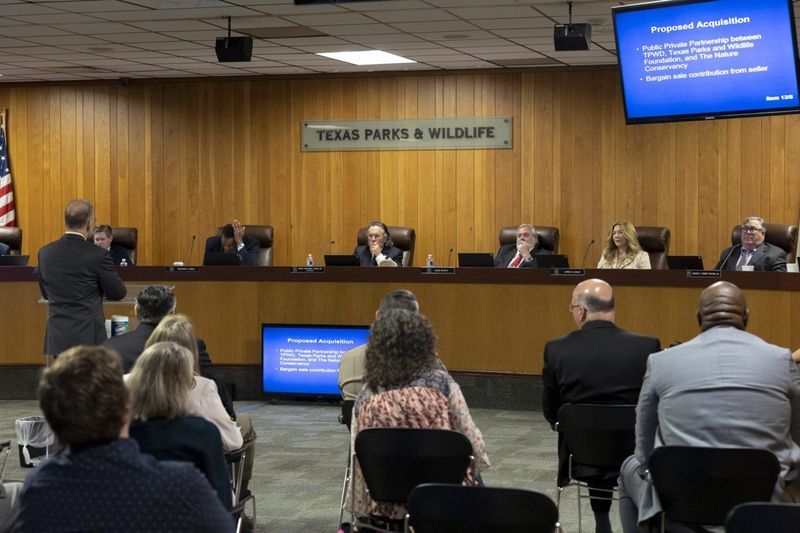
The Texas Parks and Wildlife Commission plays a pivotal role in implementing the new legislation. Charged with adopting rules to facilitate helicopter hunting, the commission ensures that the process aligns with conservation goals. Their work involves balancing the needs of landowners with environmental preservation. The commission’s efforts are crucial in maintaining the integrity of Texas’s ecosystems. By overseeing the helicopter hunting permits, they contribute to a strategic approach in wildlife management. This legislative change signifies not just a tactical response but also a long-term commitment to ecological stewardship.
Future Prospects and Challenges
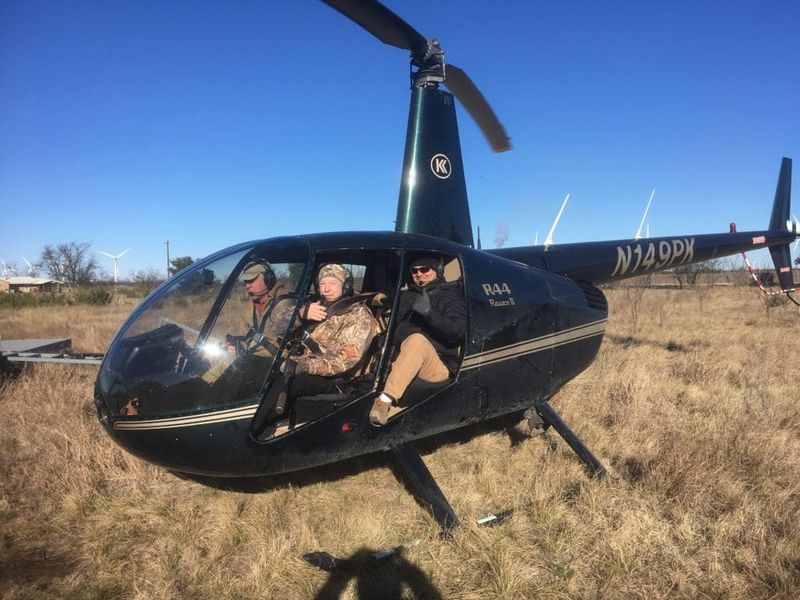
The future of Texas’s wildlife management hinges on the success of helicopter hunting initiatives. This approach presents both opportunities and challenges. While helicopter hunting offers an effective means to control aoudad populations, it requires careful regulation. The success of this program depends on collaboration between landowners, government bodies, and conservationists. Looking ahead, Texas must address the ecological impacts of invasive species while fostering biodiversity. The state’s proactive stance serves as a model for others facing similar challenges. By learning from this initiative, Texas aims to achieve a balanced coexistence with its natural environment.

